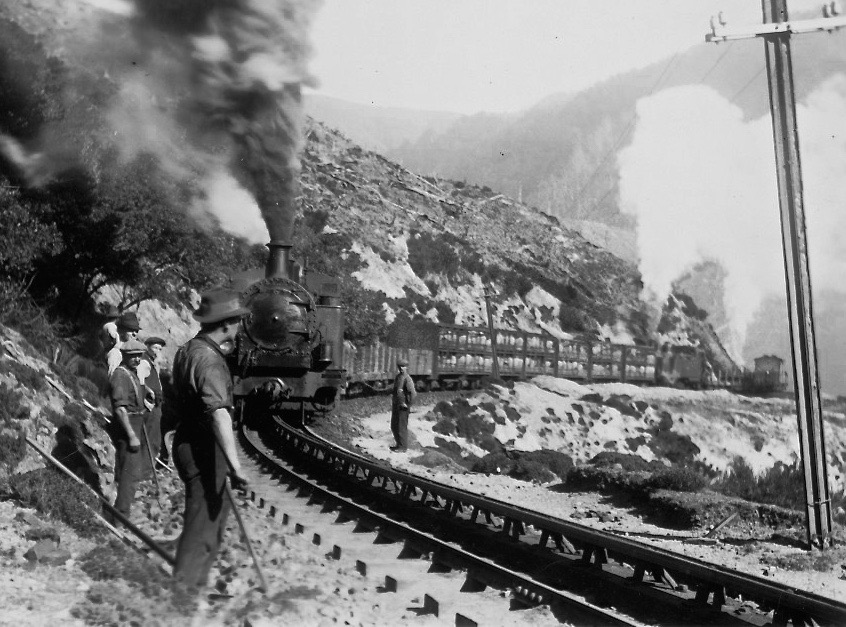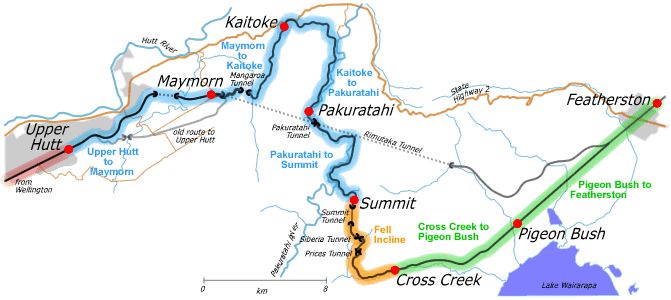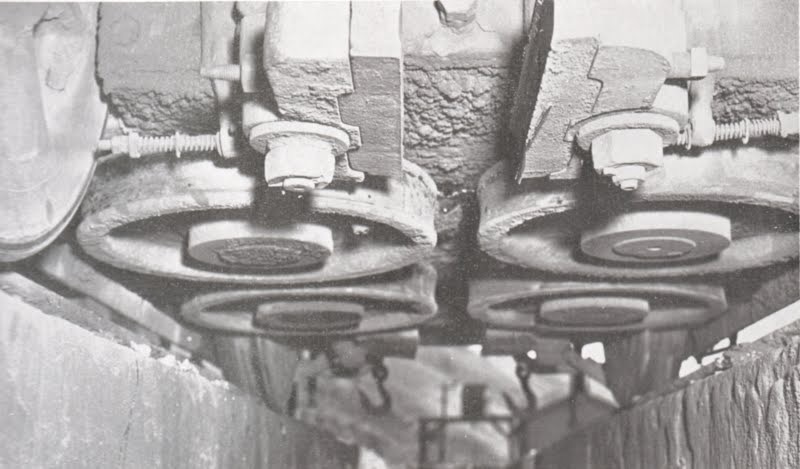Kiwi songs - Maori songs - Home
Trains climbed over the top of the Rimutaka ranges before
the
tunnel between Upper Hutt and Featherston was constructed.

D If you're tra-vel-ling by tunnel through the Rimutaka hill You're A7 tra-vel-ling so smoothly that you think you're standing still You D should have been much earlier and G seen the steep incline When we A7 travelled to the city on the D Rimutaka line CHORUS A7 headed for the summit buried in the snow You D never think she'll get there, you G worry all the time Oh there A7 never was a railway like the D Rimutaka line But on the Rimutaka hill the wind is even worse One day as they were climbing up and they were doing fine ....till a gust of wind blew them right off the Rimutaka line Now the curves are so terrific and she winds about a lot You really think the train would tie itself into a knot And she climbs a long so slowly up the steep and narrow track I think they keep the brakes hard on to stop her sliding back! Now if you go to Featherston by tunnel through the hill You'll see an engine standing there, quite alone and still She looks so old and battered and she's really past her prime But she did all the hard work on the Rimutaka line. |
|




